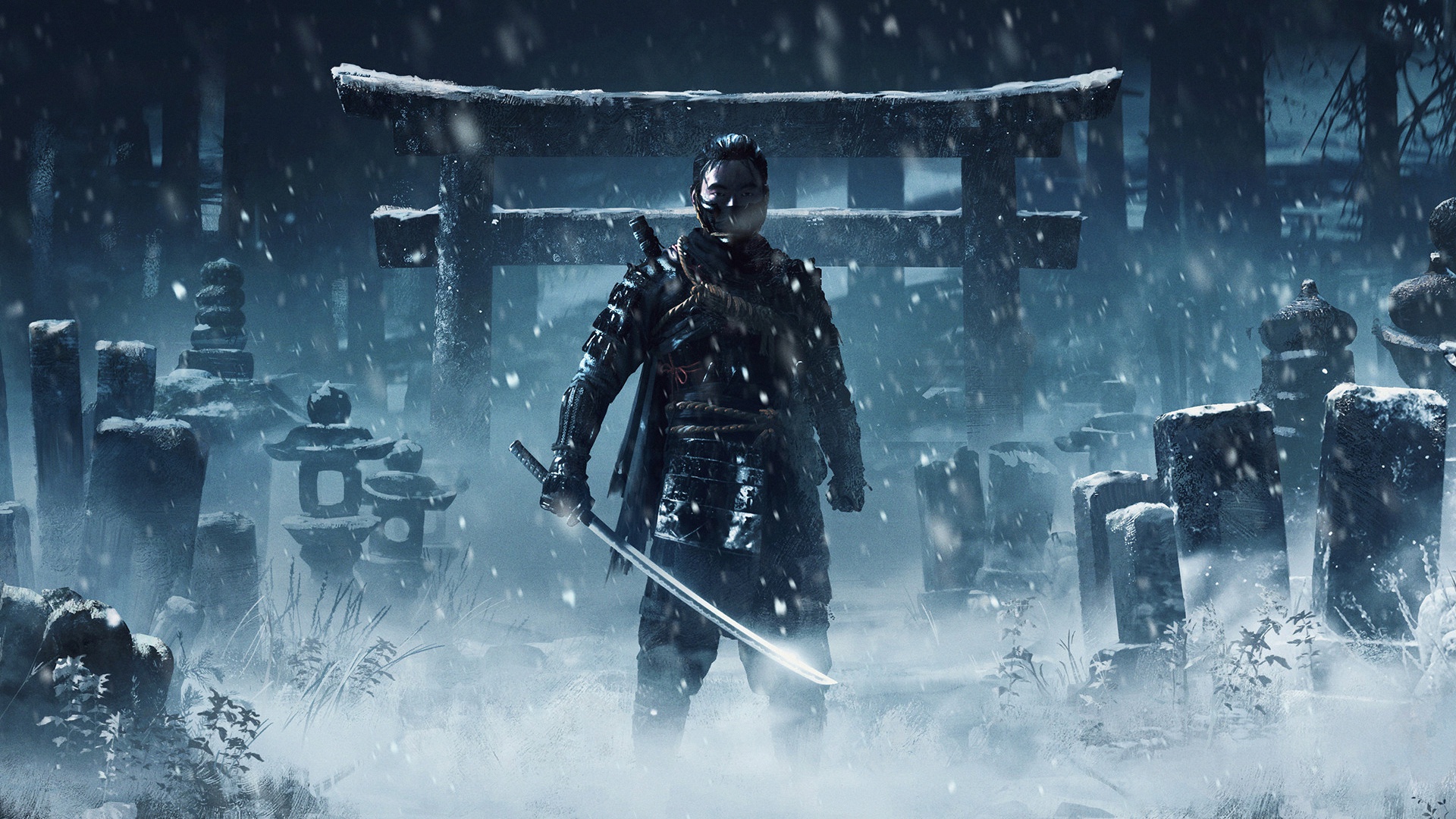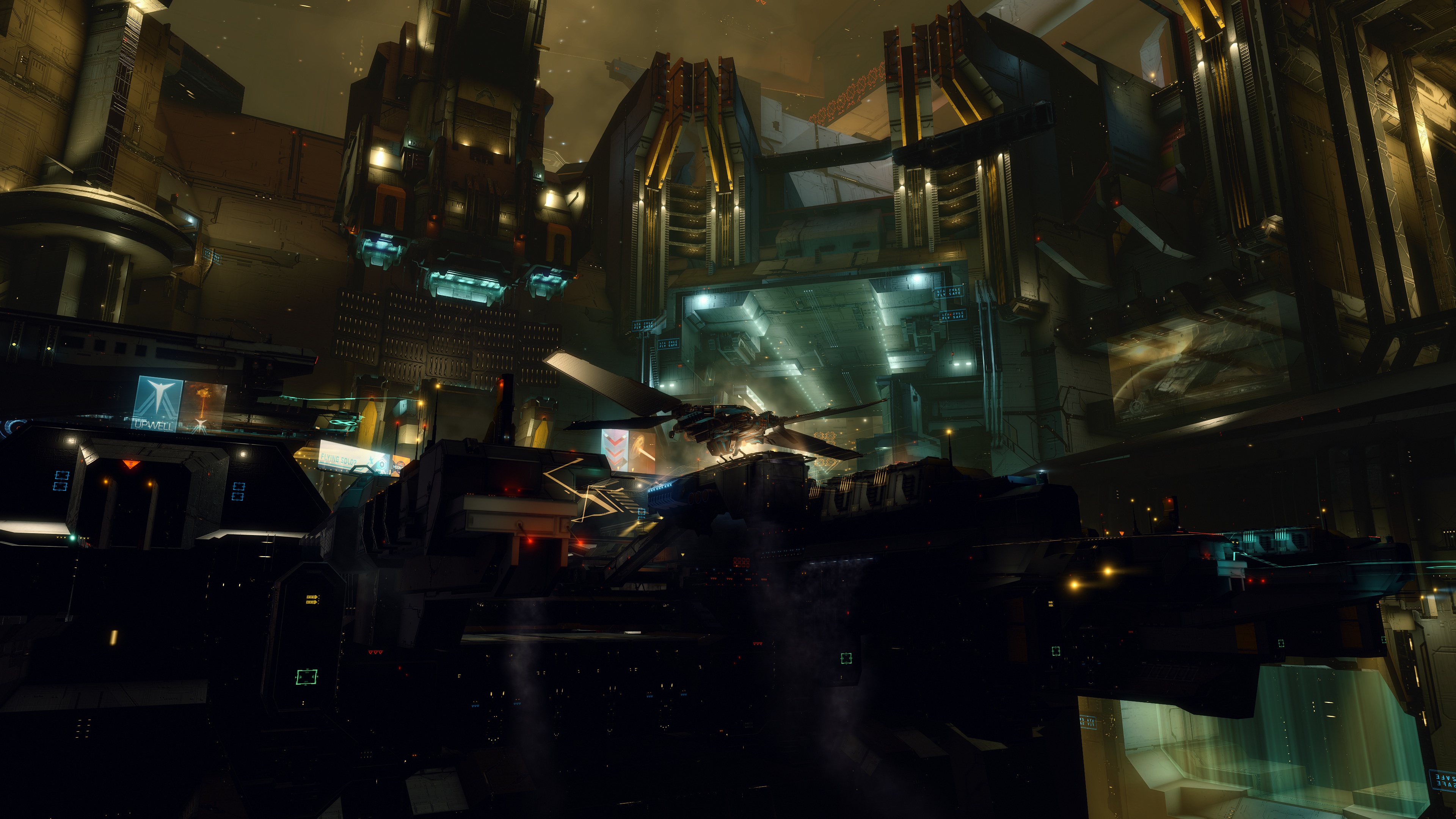Imagine cooking a gourmet meal—creating a video game is just like that. You need to gather the right ingredients and carefully combine them to create a dish that is delicious, unique, and innovative. Each ingredient, from character design and level creation to story writing, coding, music composition, and business strategy, plays a vital role. All these elements must come together to create a game that players love, and it is definitely not a one-person job.
Of course, this process requires collaboration, from artists, programmers, designers, narrative designers, to sound engineers. Each team member brings their skills and expertise to the table, working in unison to achieve the game’s vision.
Despite best efforts, there are often common problems, or bottlenecks, that can slow down production. For many game studios, it is important to spot these issues early and find smart solutions to keep the project on track.
Here, we will look at some typical bottlenecks in game production and explore creative ways to solve them.
What are the Common Bottlenecks in Game Production?
Most game development faces significant bottlenecks in effective time and resource management. Unlike making widgets, or even feature film Visual effects (VFX), game production spans lengthy cycles ranging from one to over five years, with intricate workflows and dependencies.
Pre-production Planning
- Concept Approval Delays: The first step of creating a game is to come up with the idea. And getting everyone to agree on the game’s concept can take a lot of time, leading to many revisions and delays.
- Prototype Bottleneck: In the early stages of game development, creating a prototype is one of the most important steps to test ideas and mechanics. However, this process can be slow and challenging. Limited resources and unclear direction often cause delays. Without a solid prototype, it’s hard to move forward efficiently, which can bottleneck the entire project.
Asset Creation and Integration
- Art Asset Bottlenecks: Creating high-quality visual assets is time-consuming and needs to fit the game’s style and technical needs. One big problem teams often face is not having enough people in the art department. This issue is especially challenging for live services, where there is a constant need to produce content at a lower cost to feed the live services pipeline. The challenge is even greater when most of the team has moved on to work on a new IP.
- Pipeline Inefficiencies: As simple as poorly organized workflows and communication can slow down the integration of assets into the game.
Technical Challenges
- Engine Constraints: Sometimes in game development, the game engine has problems or limits that make it hard to add new features or graphics. Fixing these issues takes a lot of teamwork from developers. It can also be tough to quickly train new team members on how to use the game engine.
- Optimization Issues: Making sure a game works well on different devices is important but tricky. It means doing lots of tests and adjustments to make sure the game runs smoothly and looks good on everything from phones to consoles.

Testing and Quality Assurance
- Bug Fixing: Finding and fixing problems in a game can take a long time. Each issue found needs to be studied, understood, and then fixed. If the problems are complex, it can delay when the game is ready to be released.
- Feedback Loop Delays: Getting feedback from tests and then making changes should never be skipped for games to improve. But if there are delays in this process, like problems with how feedback is given or disagreements on what to change first, it can slow down how quickly the game gets finished.
Cross-Departmental Coordination
- Communication Gaps: If, for example, the art team and the programming team do not communicate well with each other, it can lead to misunderstandings and differences in how the game should look or work. This often results in having to redo work that was already done, wasting valuable time. Also, many studios are now distributed or remote, which makes communication even harder. Additionally, communicating across borders with cultural differences can also block progress.
- Resource Allocation: Using resources, like time and people, wisely is very important in game making. For example, how to keep your 3D modeling team busy after content lock. Historically they might be rolled on to DLC, but if not, you now have idle headcount. Balancing the workload and making sure everyone is working on the right things helps keep the project moving smoothly.
How Can Game Developers Overcome Bottlenecks?
The production cycle of games can have big “peaks and valleys.” One way some studios handle this is by shifting to Games as a Service (GaaS). But making successful ongoing multiplayer games, like Suicide Squad: Kill the Justice League and Marvel’s Avengers, has been tough.

Another idea is to run two game projects at the same time, but with different schedules. Also, studios share work between different teams, like Activision and Ubisoft do, to speed up how fast games get made.
Studios also find ways to work smarter:
- They use Digital Asset Management (DAM) to save and reuse game elements.
- Tools like Houdini, Speedtree, and Substance Designer help automate tasks and make work faster.
- They are starting to use AI more to make development smoother.
- Using external partners to make parts of games has been common for a long time. It lets studios keep their main teams small and avoid hiring and firing a lot of people. But as studios use more outside help, they need more managers inside to handle the extra work.
However, bringing in outside help can be tricky if there are technical, legal, or security rules that make it hard for them to work directly with the studio’s systems.
Handling the legal and security parts of external development, like setting up special servers and dealing with security requests, takes time and effort.
Some teams inside studios might not like the idea of sending work outside. For example, artists who design the look of games might worry that sending their work outside could change the game’s style, which is a big part of its appeal.
To solve these problems, studios are trying new ideas:
- External partners that can make special tools or programs for the studio, like making tools that work with Unreal Engine.
- Using free software like Blender to save money during production.
- Working together on libraries of materials, like in Substance Designer, to make the game easier and faster.
That Is Why AAA Games Takes So Long to Develop
Mark Darrah, a former Executive Producer at BioWare, explained why it takes so long to make big-budget AAA games. Game teasers are often made years before full development starts, with only small teams working on ideas during this time. For example, the teaser trailer for Mass Effect 5 came out in 2020, but most of the team is still busy working on Dragon Age: The Veilguard.

Moving teams from one big game to another can also take a lot of time, especially if they still need to support the live services of the current game. This can slow down progress on new projects because resources are split.
AAA games now focus on making games that people can play for a long time, with lots of content and complex systems. Making these games takes a lot of planning and involves many different roles working closely together, which can make the process slower.
There are also other reasons why games take a long time. Developers often need feedback from others outside the team, and they have to test and change the game many times to make sure it works well. They also want to avoid taking big risks that could make the game fail.
Publishers also plan when to release games to build up excitement. They spread out releases so people keep looking forward to new games, which helps make them more popular when they finally come out.
At the End of the Day, Addressing Issues Early Is a Win
As the gaming industry grows, finding and fixing these production issues early is key to making games that are fun, finished on time, and don’t run over budget. This helps games stay popular and successful in a competitive market.
